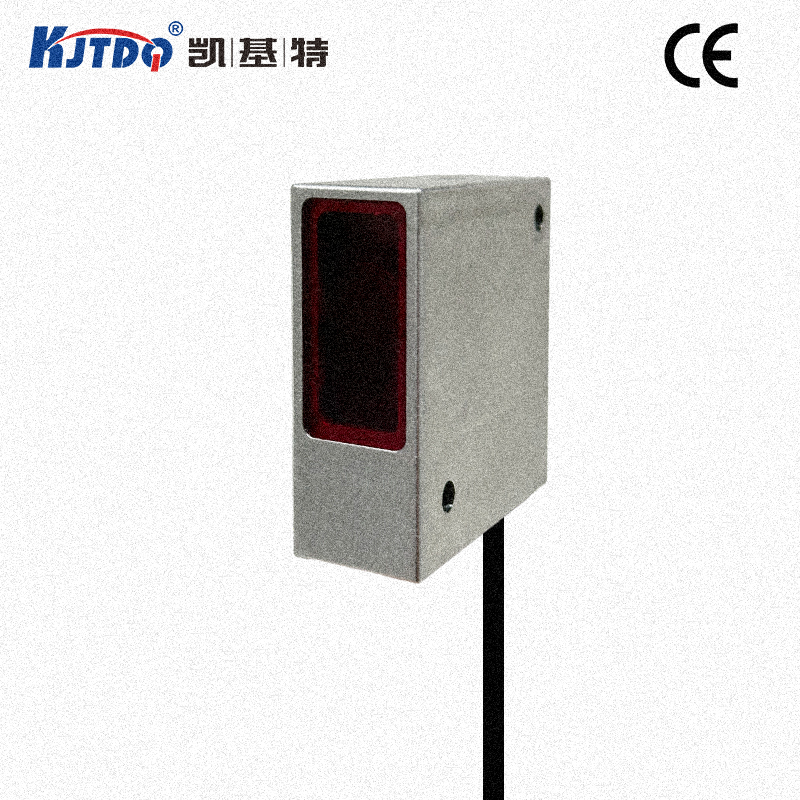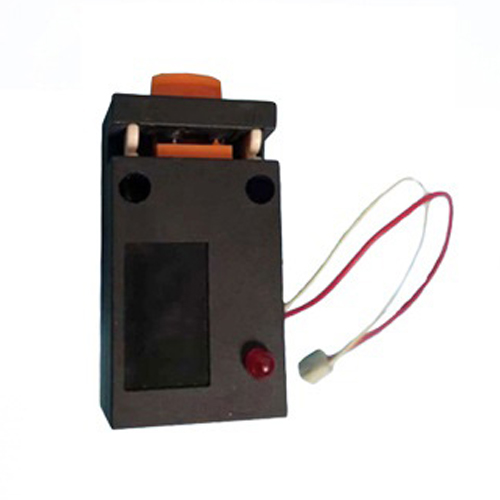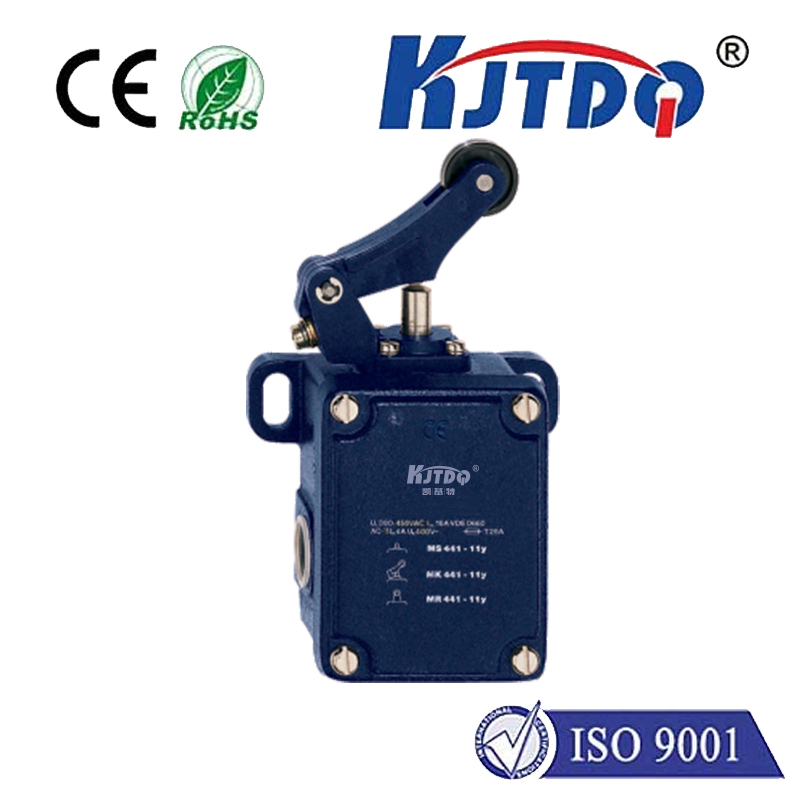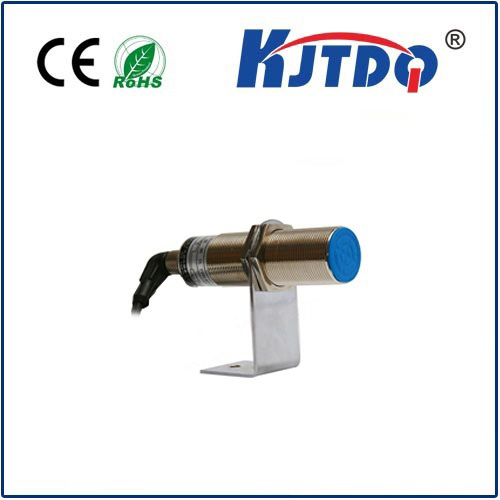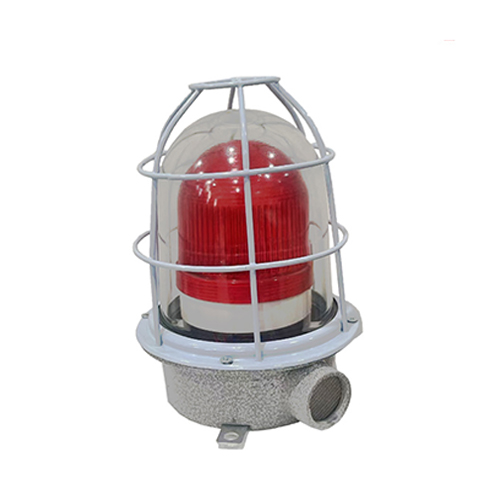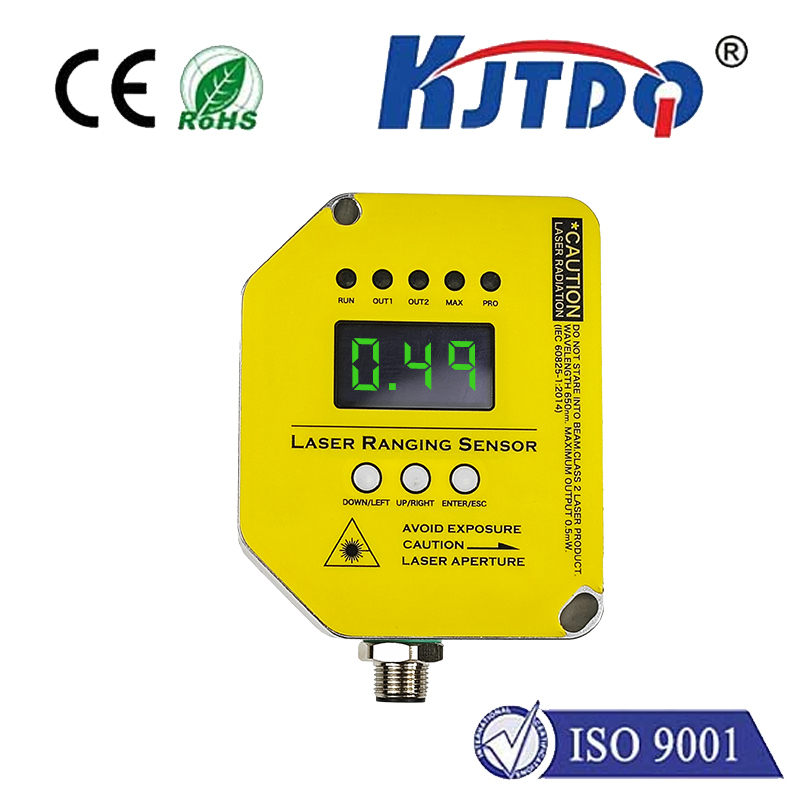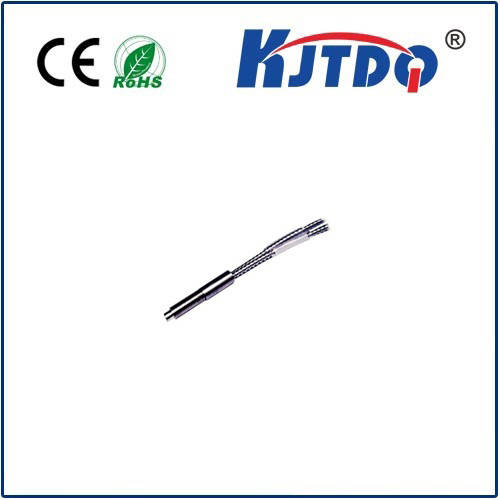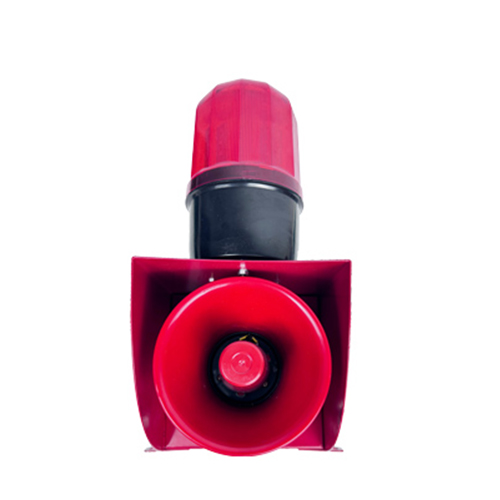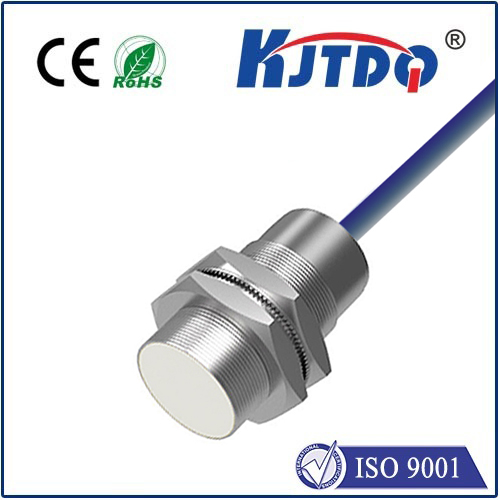

check

check

check

check

check

check

check

check

check

check
Precision Limit Switches: Ensuring Accuracy in Automated Systems
In the world of automation and industrial machinery, precision is key. The smallest misalignment or deviation can cause delays, errors, and even safety hazards. This is where precision limit switches come into play. These switches are designed to provide accurate and reliable feedback on the position or presence of objects within automated systems. They are an essential component in ensuring that machines operate as intended and that processes run smoothly.

A precision limit switch is a specialized device that detects the presence of an object or the attainment of a specific position by a machine component. When these conditions are met, the switch activates, sending an electrical signal to other parts of the system. This signal can then be used to initiate or terminate actions, adjust processes, or alert operators to potential issues.
The importance of precision limit switches becomes clear when considering their applications. In manufacturing, they might control the flow of materials through conveyors or trigger the start and stop of assembly line equipment. In robotics, they could ensure precise movements by providing feedback about joint positions. In packaging industries, they might verify product placement before sealing operations. The possibilities for their use are vast and varied, but they all share one common requirement: accuracy.
To achieve this level of precision, limit switches must be carefully selected and installed. They often incorporate high-quality sensing mechanisms, such as optical sensors, magnetic reed switches, or mechanical levers, which are chosen based on the specific needs of the application. For example, in environments with harsh conditions or tight tolerances, a ruggedized design and exacting calibration may be necessary to prevent false signals or detection failures.
Another crucial aspect of precision limit switches is their repeatability. Once set up correctly, they should consistently perform the same function under the same conditions. This repeatability ensures that processes remain consistent over time and that quality standards are maintained throughout production cycles.
In conclusion, precision limit switches serve as the backbone of accurate and efficient automated systems. Their ability to detect positions with pinpoint accuracy allows for seamless integration into complex machinery and processes. As technology advances and demands for precision increase across various industries, the role of these switches will become ever more critical in driving productivity and reliability. By understanding their function and importance, engineers and automation professionals can make informed decisions about how to best utilize them in their systems.
